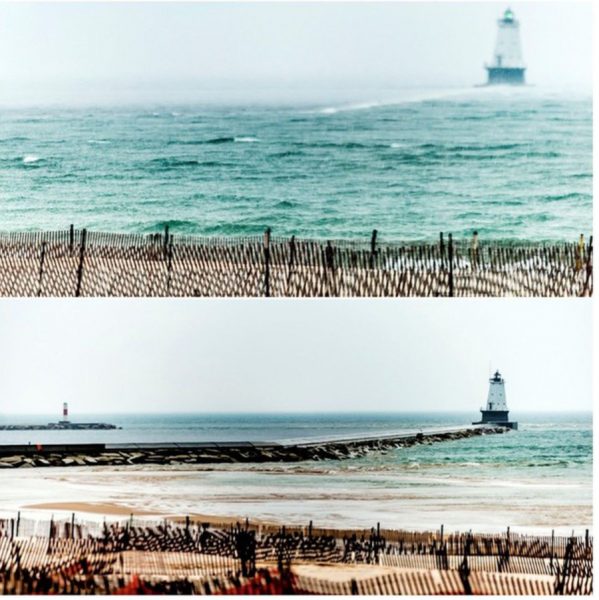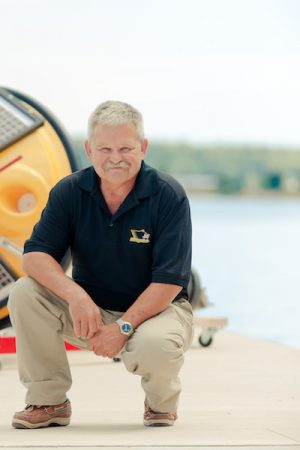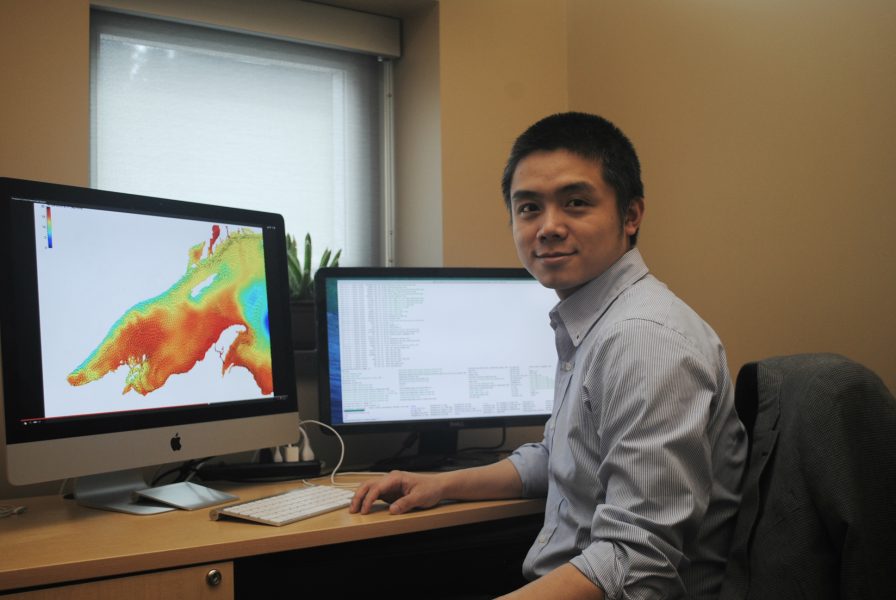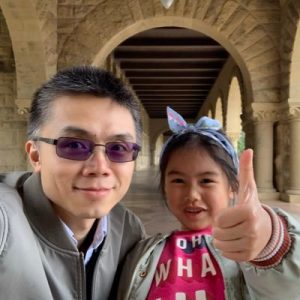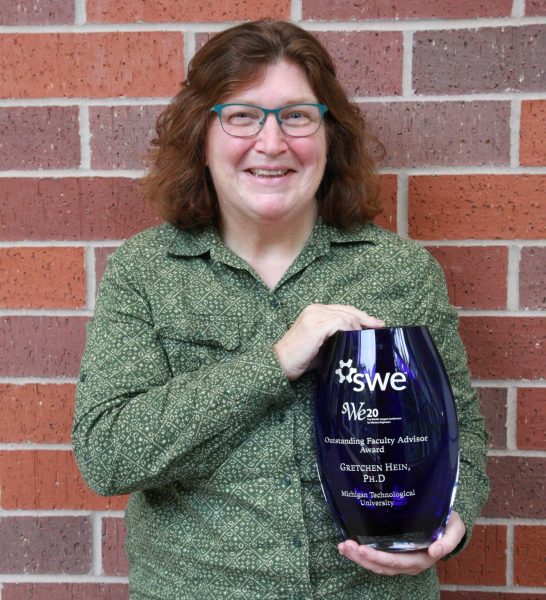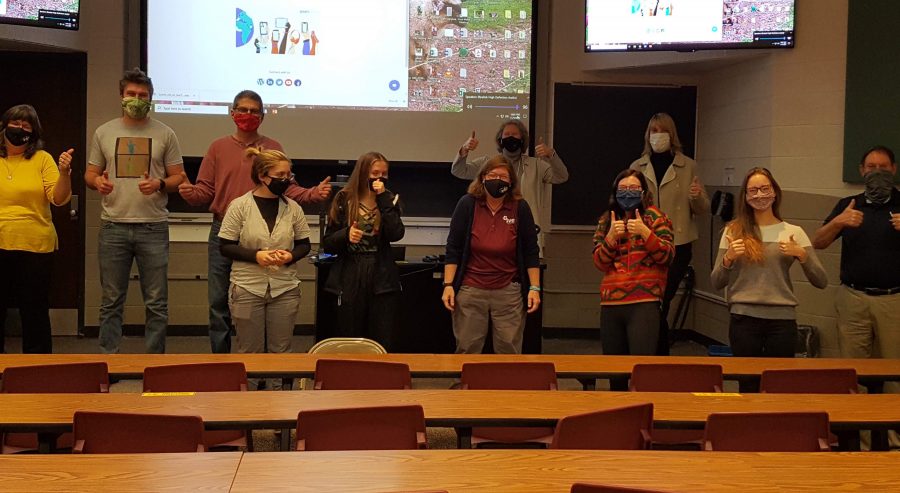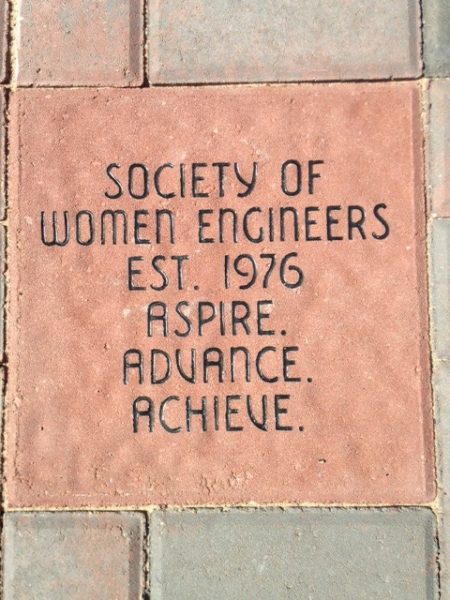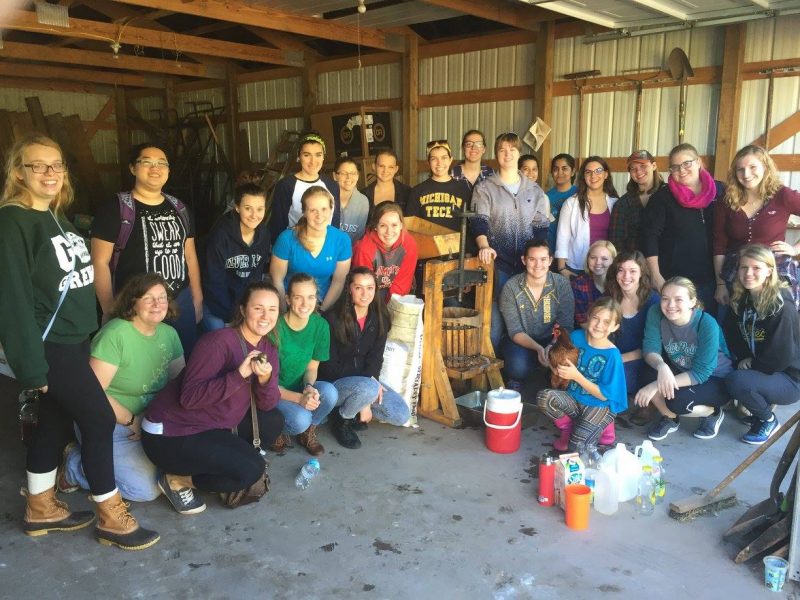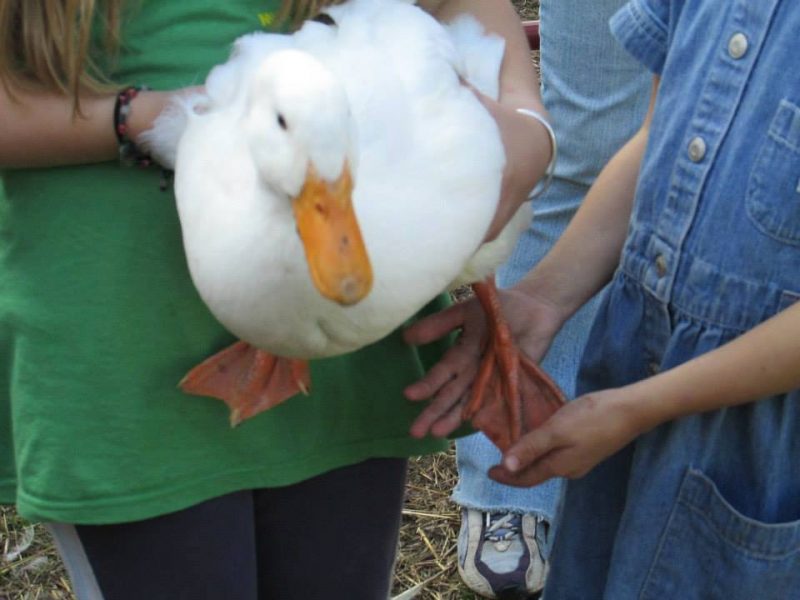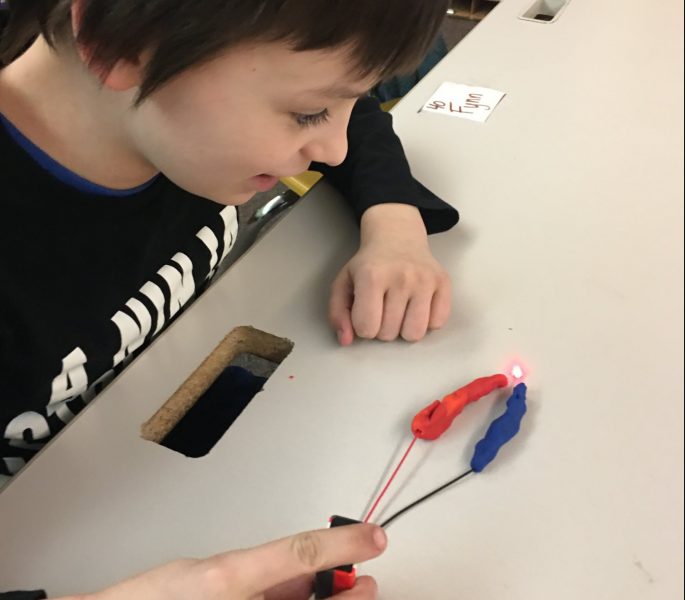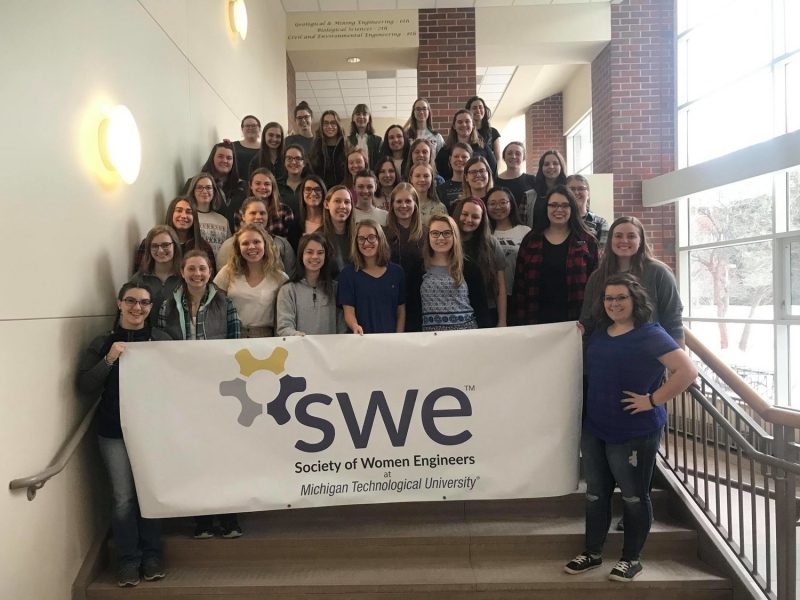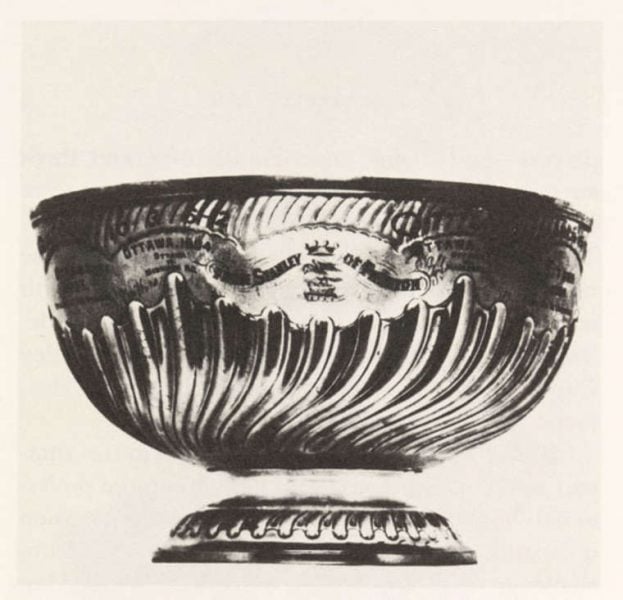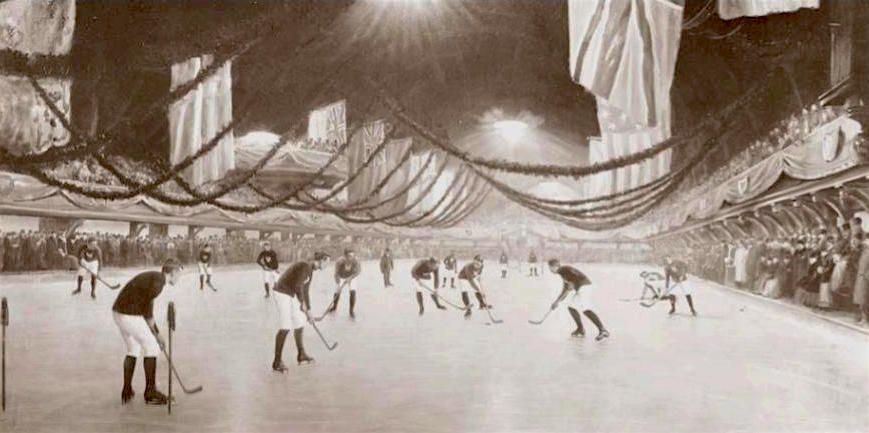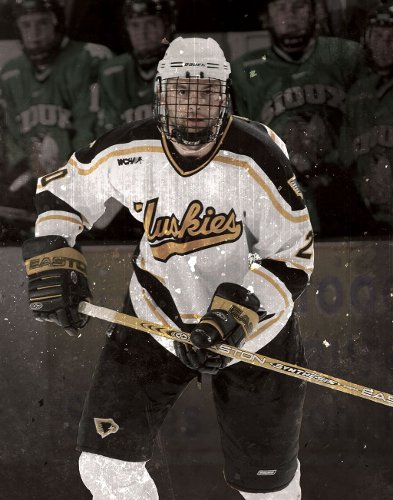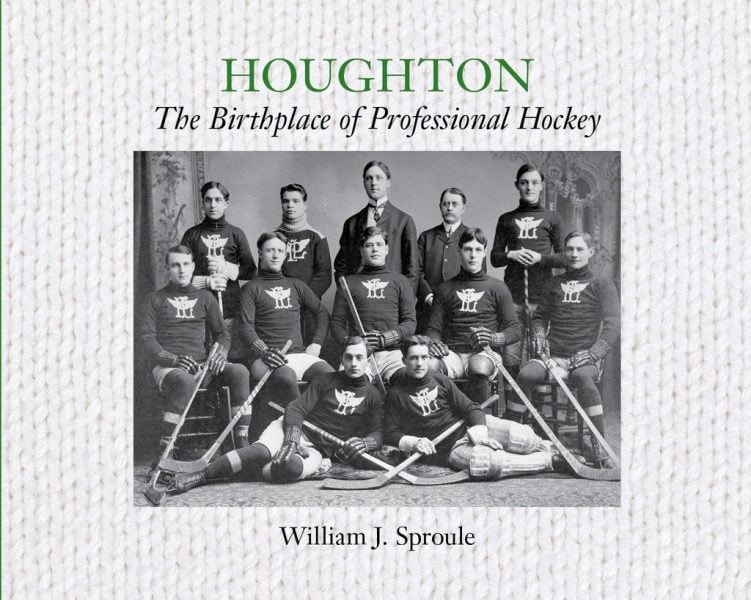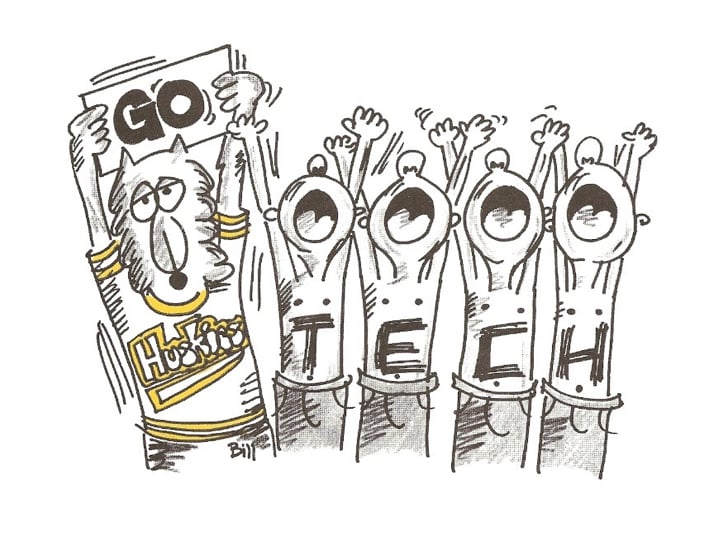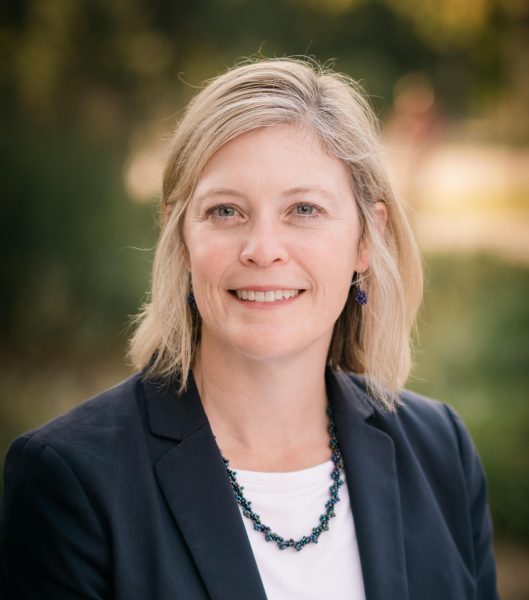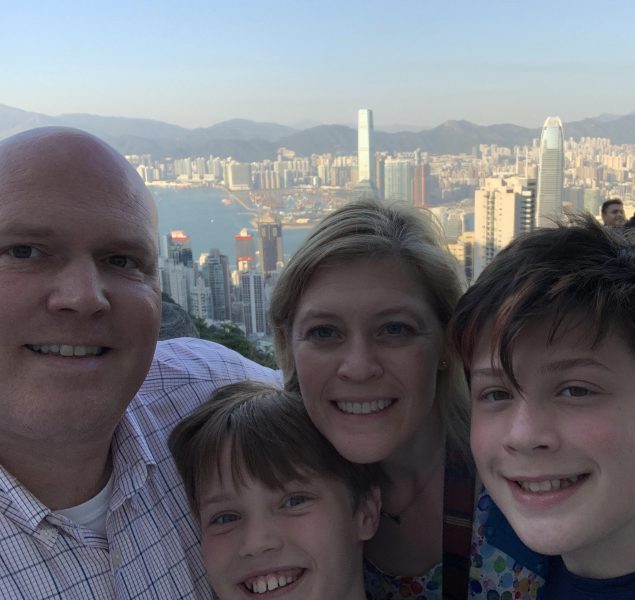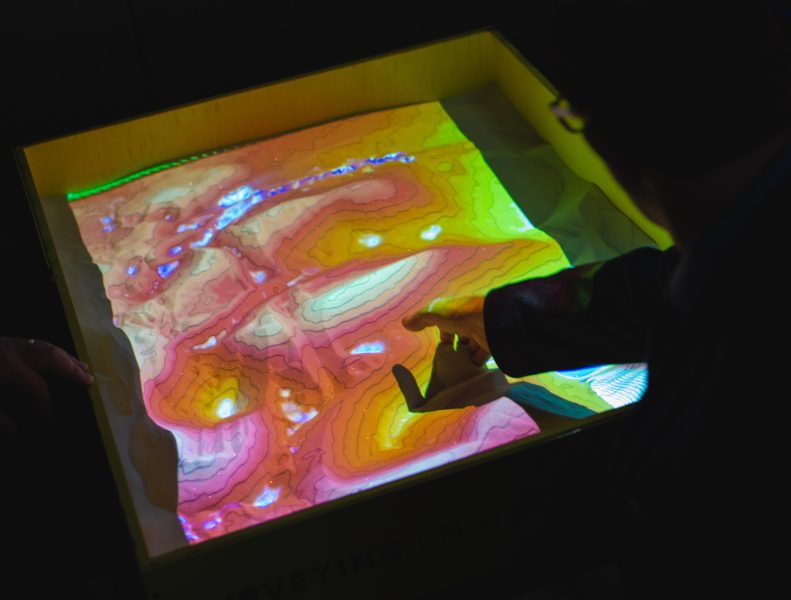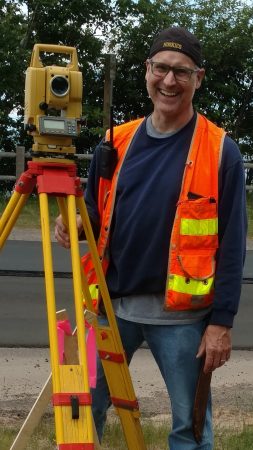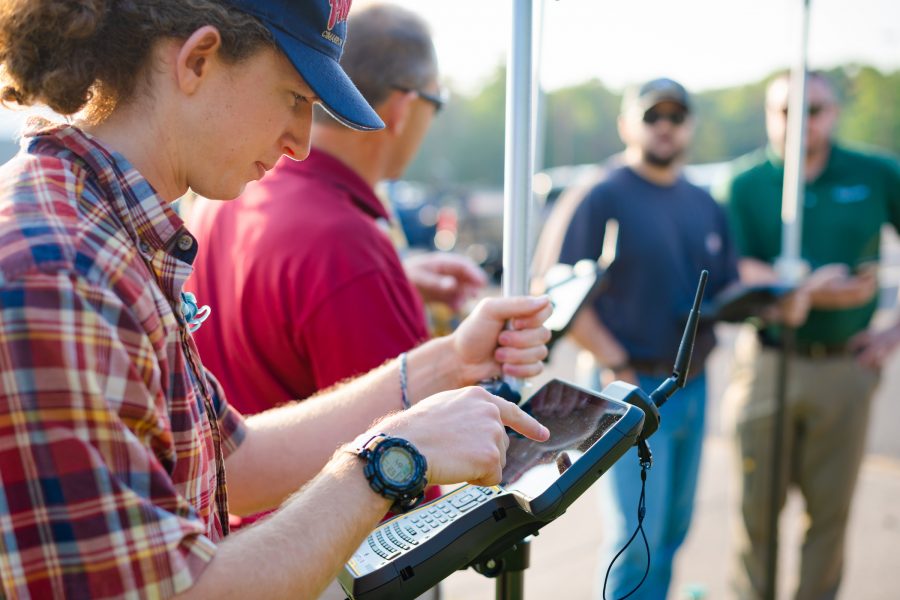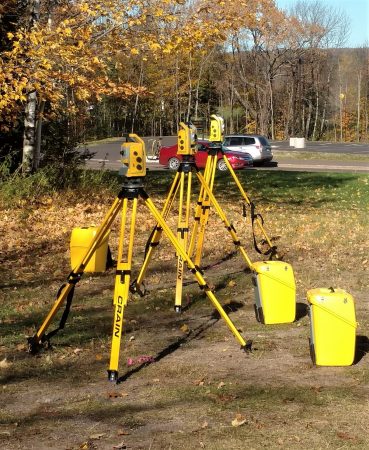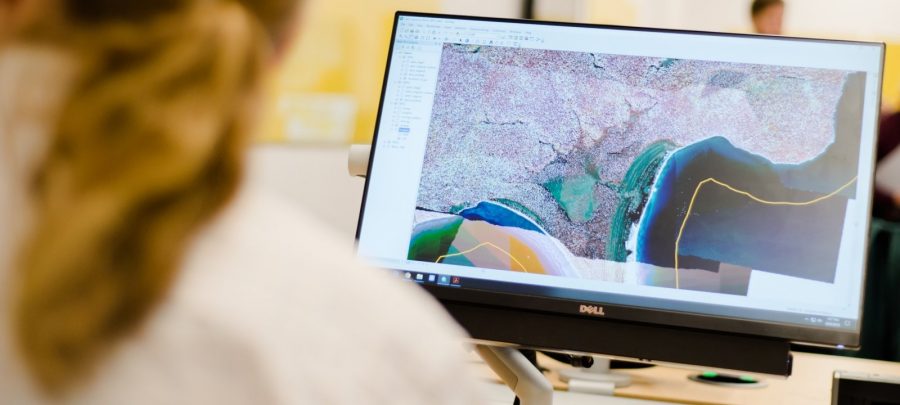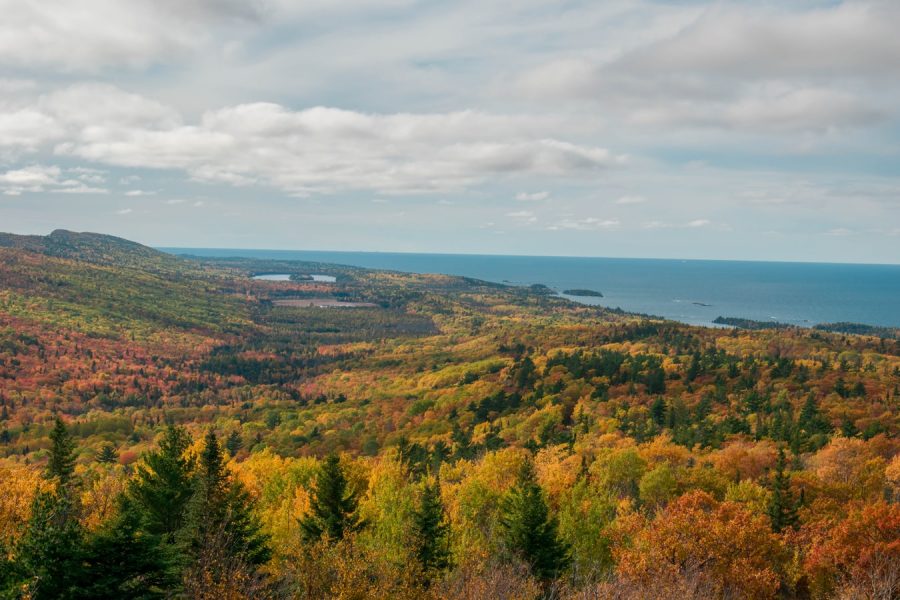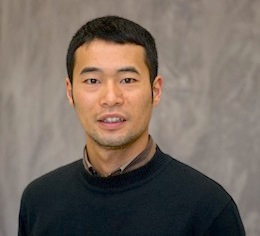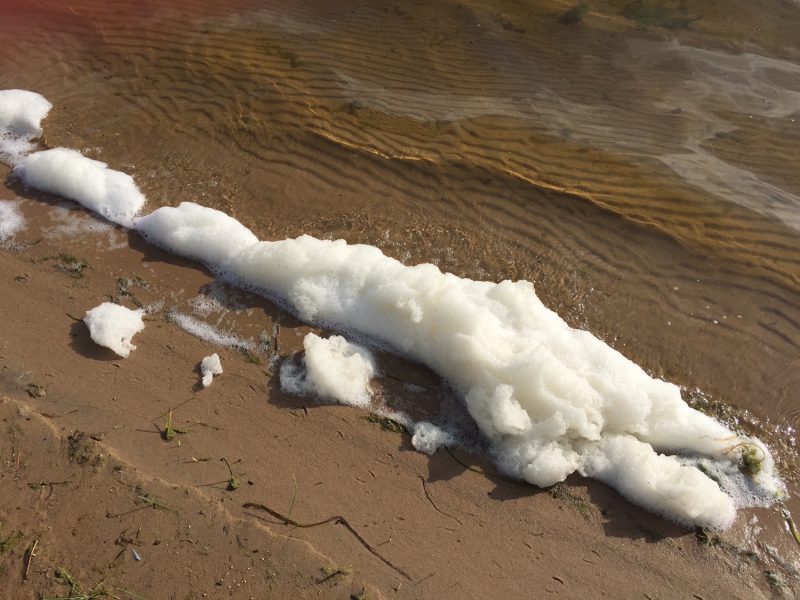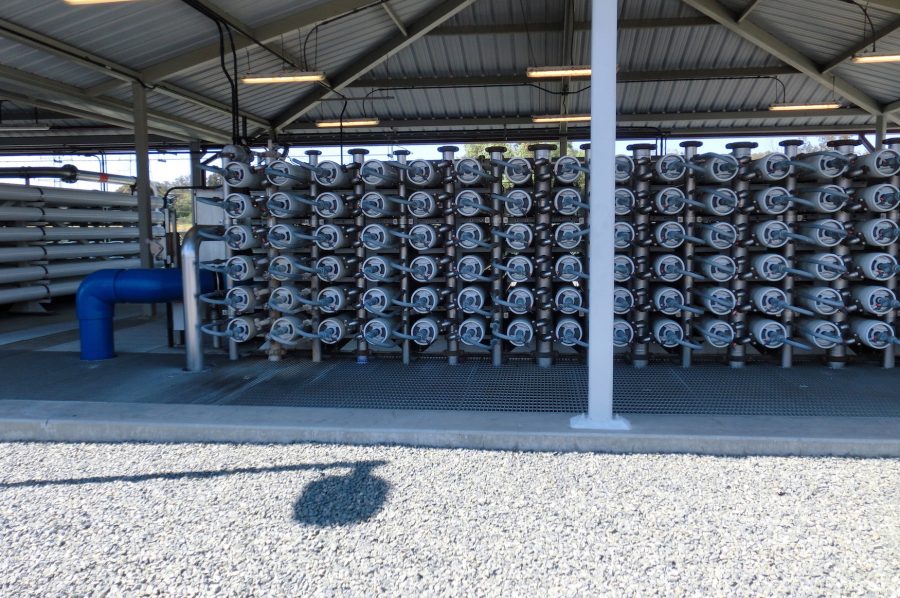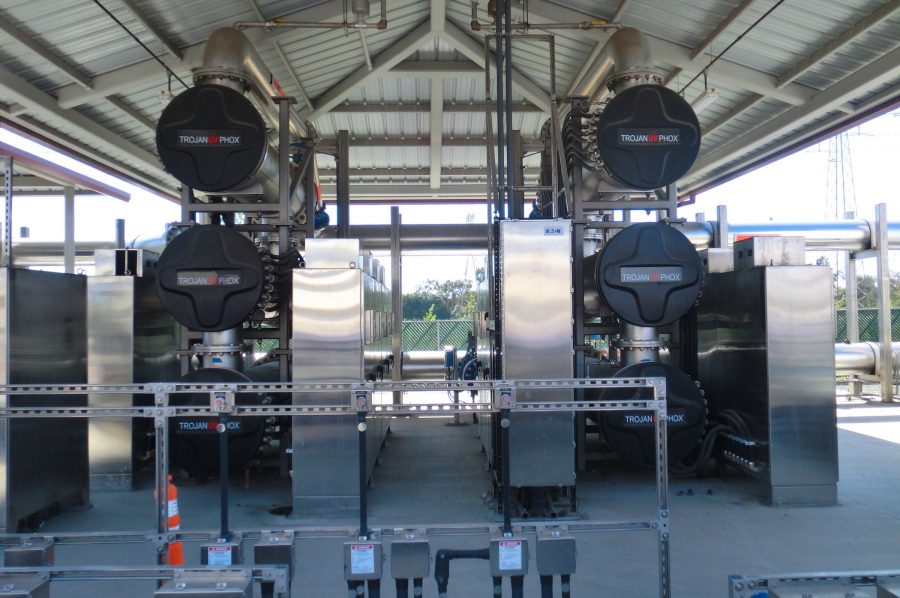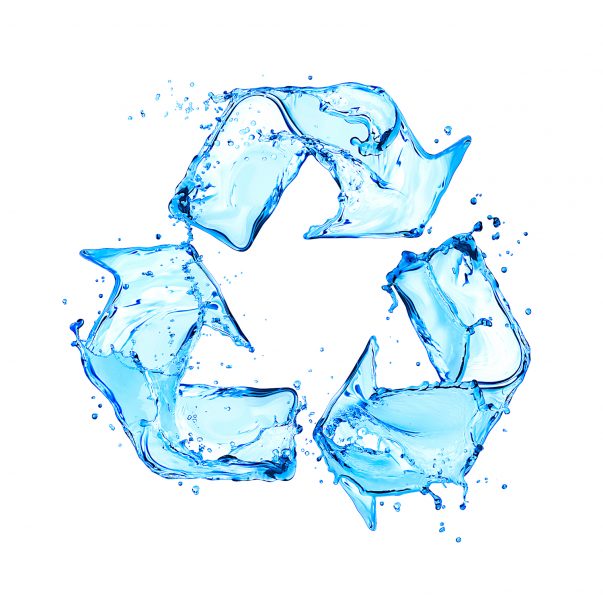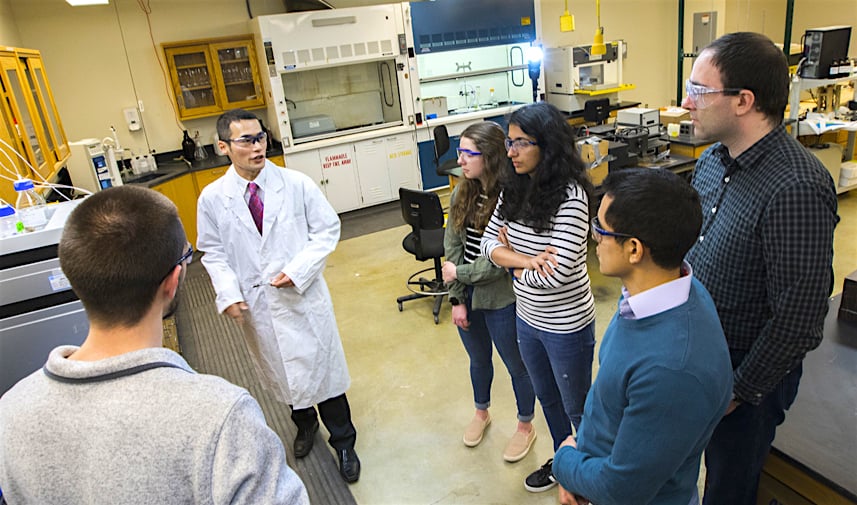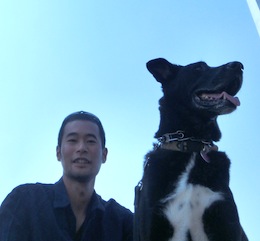
Ready to propel your career forward in 2021? Michigan Technological University’s College of Engineering now offers 16 new online graduate certificate programs. Interested in taking a course soon? Spring 2021 instruction begins on Monday, January 11.
“One of our goals at Michigan Tech has been to expand online learning opportunities for engineers, to help them meet new challenges and opportunities with stronger knowledge and skills,” says Dr. Janet Callahan, Dean of the College of Engineering.
The certificates are offered by four departments within the College of Engineering at Michigan Tech: Civil and Environmental Engineering, Mechanical Engineering-Engineering Mechanics, Biomedical Engineering, and Geological and Mining Engineering and Sciences. Several more engineering departments will join the effort in the near future.
“We have many more certificates in the works,” Callahan says. “We expect to have a total of 30 new online graduate certificates—including more than 90 courses online—by Fall 2021.
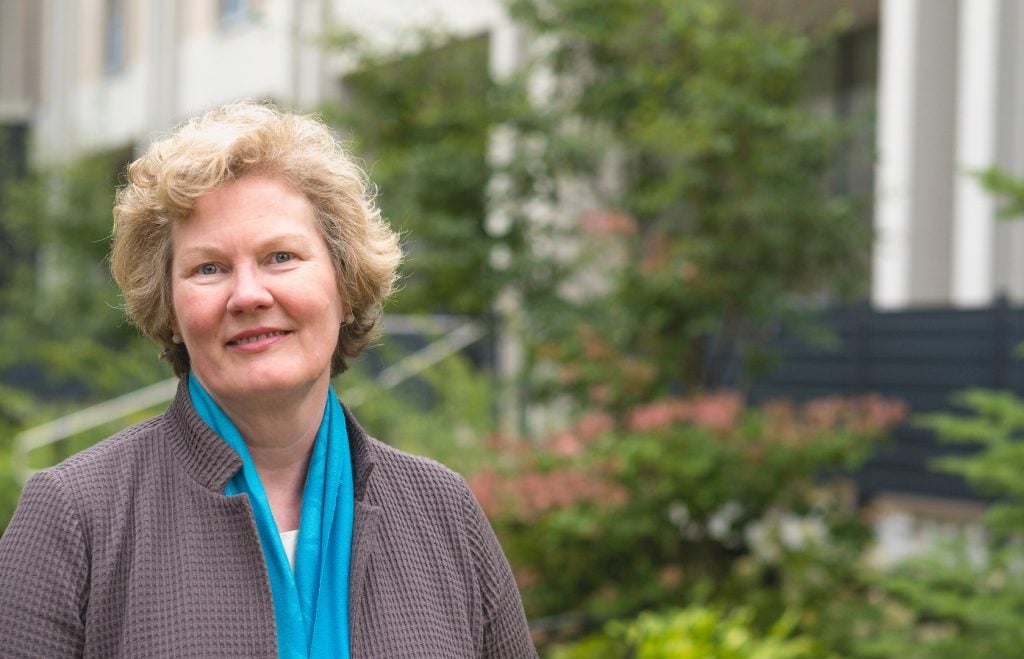
Students can sign up for a single course without committing to a certificate. “The courses are accessible and flexible to accommodate a busy schedule,” Callahan explains.
“These are the same robust courses taken by our doctorate and masters candidates, taught directly by highly regarded faculty, with outstanding opportunities to create connections,” she adds. “We invite working professionals to join these courses, and bring their own experiences to bear, as well as their challenges as part of the discussion.”
All courses will be taught online—many of them synchronously offered—with regularly-scheduled class meeting times.
Obtaining certification from Michigan Tech in sought-after industry skills is a great way to accelerate and advance a career in technology, Callahan says. Students take a cluster of three courses to earn a certificate. “It’s a three-step approach for a deeper dive into the subject area that results in a credential.”
Michigan Tech was founded in 1885. The University is accredited by the Higher Learning Commission and widely respected by fast-paced industries, including automotive development, infrastructure, manufacturing, and aerospace. The College of Engineering fosters excellence in education and research, with 17 undergraduate and 29 graduate engineering programs across nine departments.
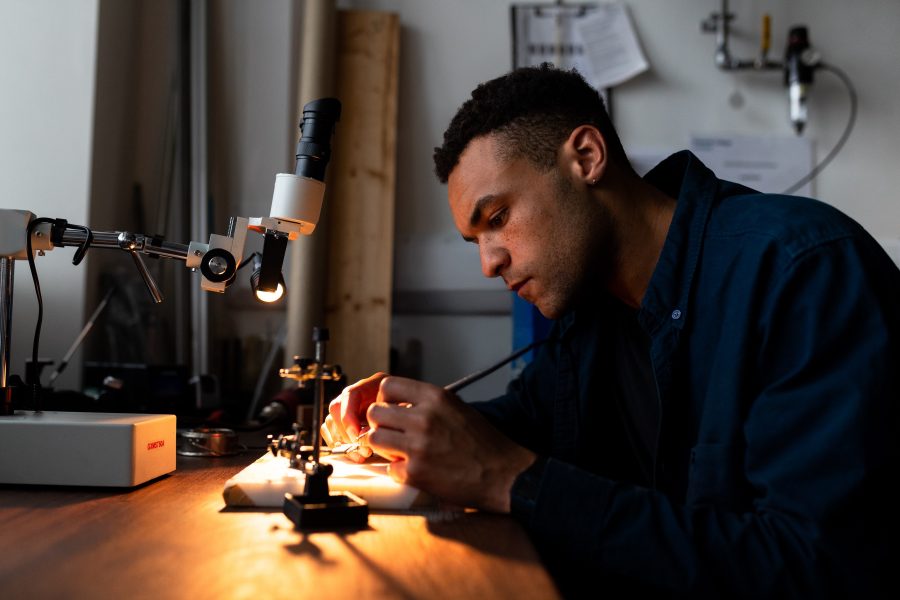
Work full time or live far from campus? You can still learn from the world-class engineering faculty at Michigan Tech.
Michigan Tech faculty are accessible, offering an open door learning experience for students.
“We have a strong, collegial learning community, both online and on campus,” notes Callahan. “We’re also known for tenacity. Our faculty and graduates know how to deliver and confidently lean into any challenge.”
Michigan Tech’s reputation is based on those core strengths, Callahan says. “A certificate credential from Michigan Tech will be respected across many industries, particularly in the manufacturing sectors of the Midwest—and around the world. Michigan Tech engineering alumni are working in leadership positions across the United States and in 88 different countries.”
“Remember those ‘aha’ moments you had, back in your undergrad days, your backpack days, when things suddenly came together? It’s exciting, invigorating and fun to learn something new.”
“Registration doesn’t take long,” she adds. “We have simplified the graduate application process for working professionals. You can apply online for free.”
Interested in taking a course soon? Spring 2021 instruction begins on Monday, January 11.
Need more time to plan? Consider Fall 2021. Instruction begins on Monday, August 30, 2021.
New! Michigan Tech online graduate engineering certificates and courses, with more to come!
- Aerodynamics
- Computational Fluid Dynamics
- Dynamic Systems
- Geoinformatics
- Medical Devices and Technologies
- Natural Hazards and Disaster Risk Reduction
- Quality Engineering
- Resilient Water Infrastructure
- Structural Engineering: Advanced Analysis
- Structural Engineering: Bridge Analysis and Design
- Structural Engineering: Building Design
- Structural Engineering: Hazard Analysis
- Structural Engineering: Timber Building Design
- Pavement Design & Construction
- Vehicle Dynamics
- Water Resources Modeling
Learn about all graduate programs at Michigan Tech, both online and on campus, at mtu.edu/gradschool.
